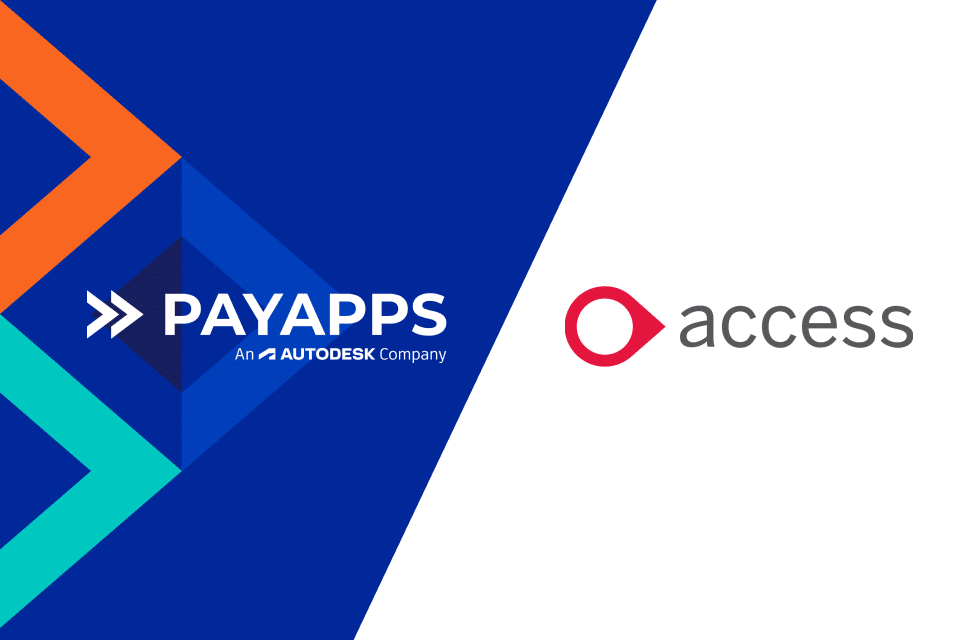After a largely successful vaccination programme, coupled with the economy reopening, many have optimism for what lies ahead in 2022 and beyond.
Findings from the Office of National Statistics showed that in February 2021 alone, construction output increased by 1.6% – the highest monthly growth since September 2020.
By comparison, the UK economy increased by 0.4% in February 2021, highlighting that construction is one of the fasting growing sectors in the UK’s recovery from the pandemic.
A challenging 2020
The last 18 months proved challenging for everyone, with lockdowns, Brexit and the pandemic meaning many companies are simply fighting for their survival.
These geopolitical issues have forced many companies to shut up shop permanently, whilst those who remain have had to navigate additional challenges, such as a lack of cash flow or delays and insolvencies across supply chains, are even considered.
All of this combines to play a part in recent findings, which showed that UK construction disputes rose by 117% in 2020, whilst the effects of the pandemic have been predicted to impact construction claims ‘until at least 2023′.
But, what causes a dispute in the construction industry?
Common forms of dispute in construction
All construction projects consist of a complicated web that weaves together to work toward completion. However, such complexities, timescales, and personalities of those involved leave room for disagreements, conflicting opinions, and misunderstandings.
Whilst highlighting that the UK ‘leads the world in construction-dispute resolution’, a recent report from Arcadis revealed that parties most often fell out over ‘a failure to make interim awards on extensions of time and compensation’ throughout 2020.
Common factors that drive the development of construction disputes are uncertainty, contractual problems, and behaviour. However, other notable causes include:
- Culture
- Differing goals
- Delays
- Design
- Project complexity
- Quality
- Site conditions
Once friction arises between parties, further issues may quickly follow on – with a common reaction being to miss or delay payments, which in most cases heightens the conflict between the parties involved.
So, how can you minimise the chances of a dispute taking place and ensure your business has not been left out of pocket?

Minimising the chances of disputes in construction
Unfortunately, there is no catch-all solution to minimising the chances of a dispute taking place. However, with daily claims and disputes taking place nationwide, many are taking steps to offer greater peace of mind.
1. First, ensure that contracts are clear, understood by all involved parties and that any queries are raised before signing. Taking the time to do this before any work begins will save a lot of time and money in the long run.
2. Works also need to be planned – in full – beforehand, but you need to ensure schedules are realistic and flexible enough to adapt to any problems or disruptions which may arise. Once the contracts are signed, you need to ensure that you are following it completely and insist the other party does so too, including performing any obligations as scheduled.
3. Communication is a vital tool in all walks of life, and discussions between parties must always be kept professional and formal, with all correspondence recorded for future reference.
4. Adopting technology systems specifically developed for the construction industry can also assist with ensuring contract terms are met. Not only can these systems help to document all stages of the project, but they can enable enhanced communication, transparency, and perhaps most importantly, guarantee the payment between parties is never missed.
Minimising risk through digitised payment
With many disputes resulting in, or as a result of delayed or non-payment, it pays to improve this process that is often shrouded in poor collaboration and a lack of transparency. Payapps is a system specifically designed to manage the payment application process in the construction industry, both up and down the supply chain. It enables applications to be prepared and submitted quickly and easily in a standard format, making the checking and processing of the applications simpler.
All data and correspondence are saved within the system, ensuring information is always available at the touch of a button, both current and historical. Handy reminders ensure deadlines are always met, and, with all parties able to access the relevant information, there is complete transparency regarding the status of the application.





